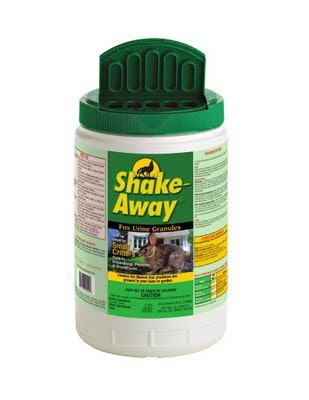From the Deer Trail
Columbian Black-tailed Deer ( Odocoileus hemionus columbianus ) Nature Blog Scavenger Hunt: Wild Fidalgo is participating in scavenger hunt featuring Pacific Northwest nature blogs. Patricia K. Lichen ( Kidnapping the Lorax ) will be hosting the event. Answer questions from the featured blogs and you could win a copy of Kidnapping the Lorax . Join us at www.patriciaklichen.com on Saturday August 27, 2011 at 09:00 PDT (16:00 GMT) for some nature blogging fun. - - - - - When I bought this property, there was a trail that ran from the road down to the beach. It provided easy access through the woods to inspect the lot. At the time, I wondered who was using this trail and if this would be a problem in the future. It turned out to be a deer trail and after clearing, building, landscaping and nearly 24 years, the deer still follow the exact same route to the beach. I assume they make the trek to get a little salt. Our deer are Columbian Black-tails ( Odocoileus hemi

